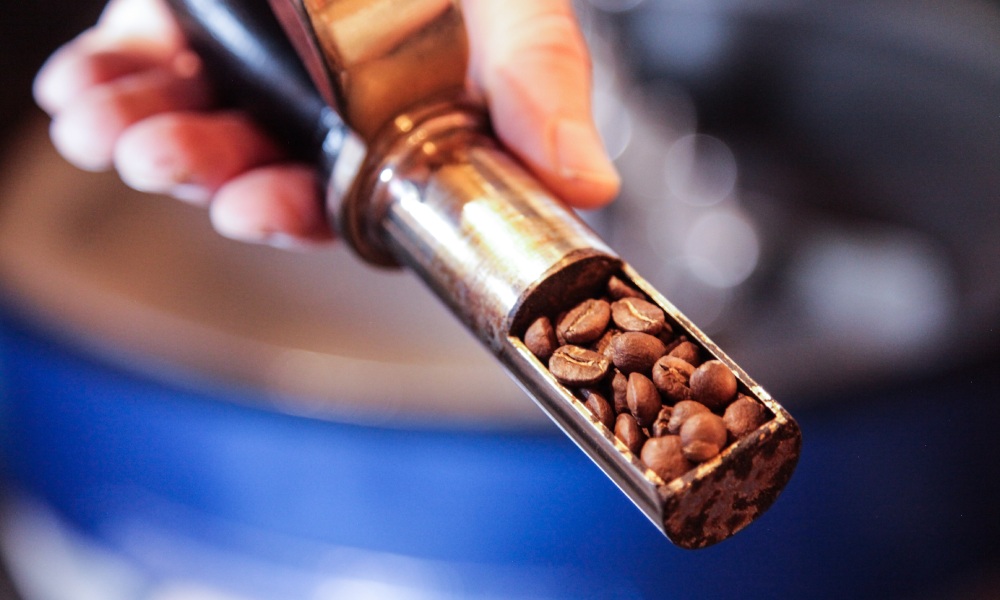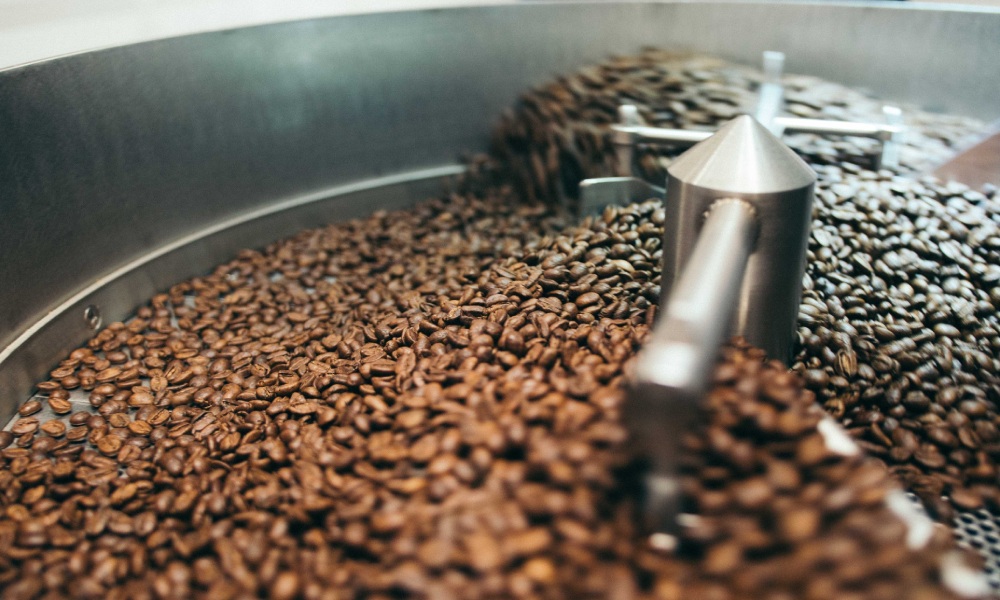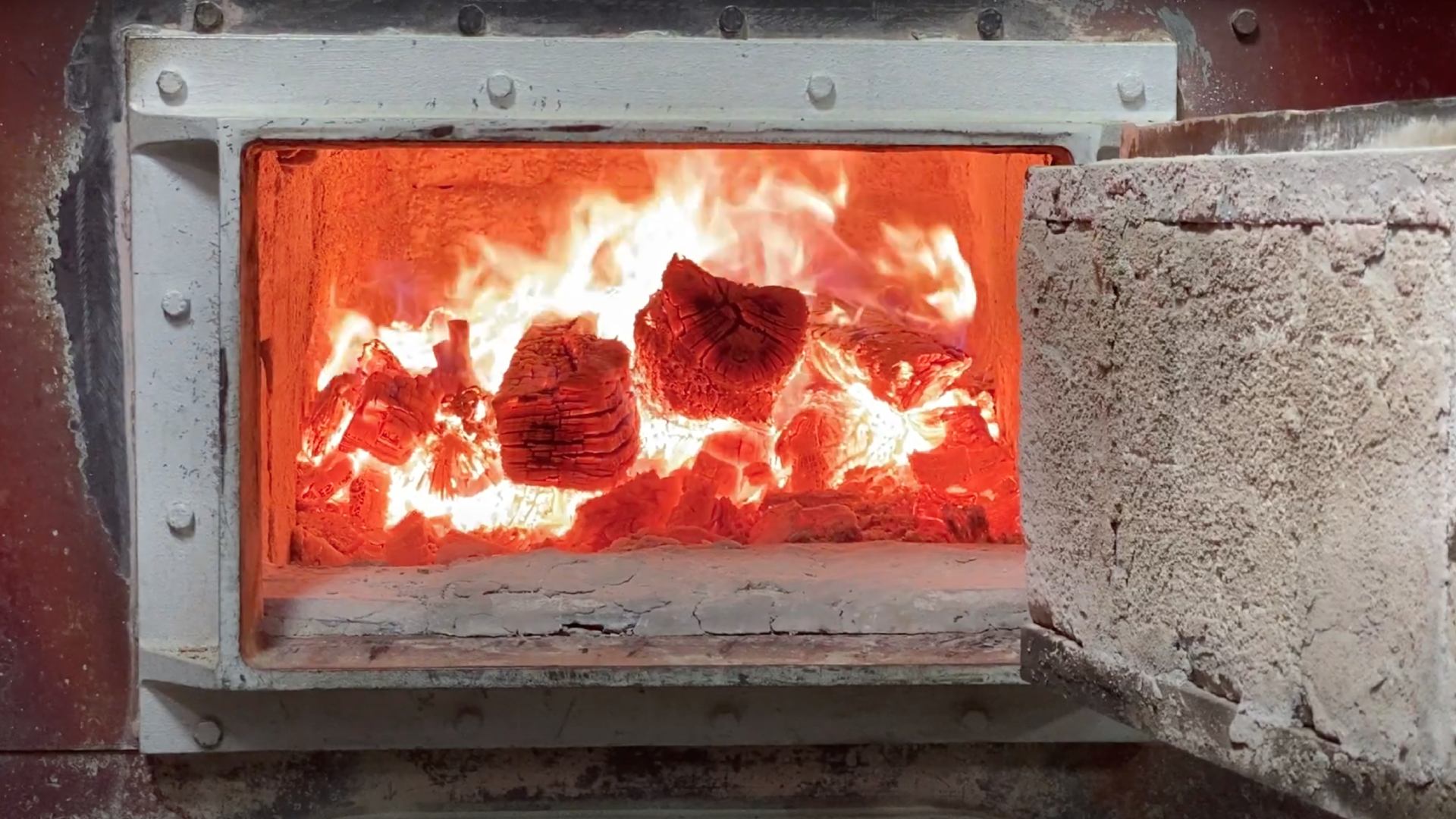Wood-roasted coffee: Is it set to make a comeback?
As global gas prices soar, Jenna Gottlieb speaks with Mr. Espresso’s vice president of coffee, John Di Ruocco, about the renewed interest in wood-roasted coffee.
For centuries, coffee around the world was roasted in simple wood-fired ovens. Cheap, flammable, and available in abundance, wood was considered an obvious fuel for transforming the green beans into their brown, consumable form.
However, as other heat sources became more widely available, wood all but fell out of favour among the majority of roasters. Instead, gas became the go-to for many as it allowed roasters to easily control the temperature, while electric machines helped home roasters cut down their operating costs and improve roast consistency.
Despite this, there is a niche community in specialty coffee that has kept the old tradition of wood roasting alive. These artisans claim that although roasting over wood is a slow process, it provides a heat form that contributes a full-bodied, smooth flavour, and preserves the natural compounds within the beans.
“Working with wood does require a more skilled approach than regular gas roasting,” says John Di Ruocco, vice president of coffee at Mr. Espresso, a US-based roastery that roasts Italian-style coffee using exclusively oak wood logs.
“And the science behind it is different. Gas is a dry heat. The gas companies actually dry natural gas before sending it through the pipes so that it does not corrode them.”
John says that wood, on the other hand, contains 12 to 15% moisture. “We add fresh wood to the roaster between batches,” he explains. “Most of the moisture is driven off in the first stage of roasting, known as the drying phase.”
Using a moister heat source automatically results in a more prolonged drying phase too, which gives the roasting technique its characteristic finish.

Adding flavour and finding a niche
When John’s father, Carlo Di Ruocco, emigrated to the US in the 1960s, there were no commercial coffee roasters using wood as a heat source – a fact that disappointed him having grown up around them as a child in Salerno, Italy.
“He couldn’t find espressos like the ones he loved in his youth,” John says. “It motivated him to start roasting his own. Since he had learned the craft of wood roasting as a young man in Italy, it only made sense for him to adopt the same method here in the US.”
Over the years, a few other American roasters have tried their hand at the method, but none on the scale of Mr. Espresso – and none that exclusively uses wood.
However, among consumers, wood roasting coffee tends to hold a special appeal.
Much like the ubiquitous “wood-fired pizza”, it conveys a certain artisanal, handcrafted quality, which can help attract a certain corner of the market.
According to a 2019 survey by Taste Tomorrow, 77% of consumers are willing to pay more for products they perceive as handcrafted. Similar to the traditional Elektra espresso machines, the artisanal quality of products has only become more important in the increasingly commercialised specialty coffee market.
Wood roasting’s influence on the taste and acidity of the coffee can also help attract a certain type of consumer. The natural humidity of the wood and the slow speed with which it burns helps to preserve the lipids within the beans. This, John says, enhances the coffee’s characteristics in the cup, particularly for espresso.
“We find it results in a mellower, sweeter coffee with a more rounded acidity and pleasant mouthfeel,” John explains. “It also yields more crema and fuller flavour.”

Will wood-roasted coffee make a comeback?
Specialty coffee is inextricably linked to issues of sustainability and the protection of the environment. Subsequently, the idea of using antiquated, carbon-heavy heat sources for roasting may not appeal to most in the sector.
Furthermore, the dwindling availability of wood and the high skill level required to roast on a wood-fired roaster are major roadblocks to the method’s expansion, even on an artisanal scale.
In the case of Mr. Espresso, John says he is able to responsibly source oak and almond wood, and they are rarely challenged by availability.
“Our oak is basically upcycled – cleared from hillsides that are used primarily for animal grazing,” he explains. “Our almond wood comes from tree rotation in California’s vast orchards. Trees produce for 25 years, then require replanting.”
The benefit of these two woods, he adds, is that, when managed properly, they burn cleanly without producing smoke that might contaminate the coffee. As a result, John is positive that the approach will become more widespread in the future – especially as the global price of gas soars.
“The growing appreciation for craft – especially handcrafted, small-batch food items – could drive more interest in wood-roasted coffees,” John asserts. “We are particularly fortunate for the expertise that is part of our legacy. Our father’s journey with wood roasting began over 70 years ago, and Italian caffé culture preceded his start by about 50 years.”
Indeed, it’s the cumulative knowledge of a craft that cannot be easily duplicated that presents the greatest hurdle to a significant return to wood-roasted coffee beans.
However, while we may never see this method reproduced on a global scale ever again, a few lucky consumers – especially those who strive for espresso excellence – will no doubt continue to enjoy wood-roasted coffee for years to come.








